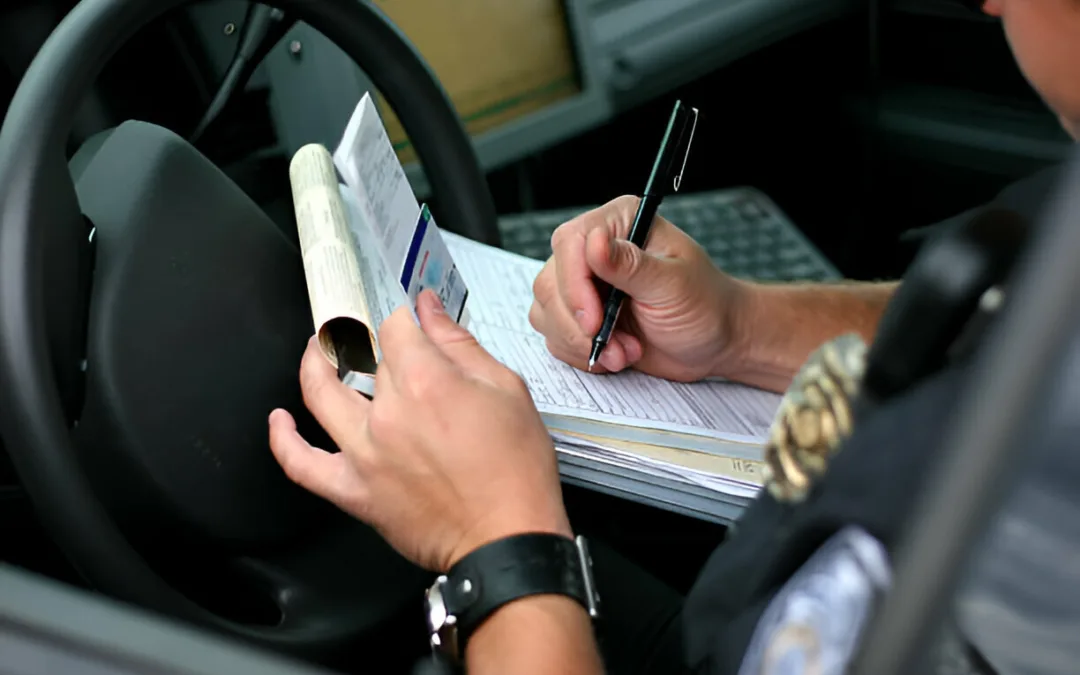
Not every motor vehicle collision involves just motor vehicles. You may be a pedestrian, bicyclist, or scooter rider that gets hit by a motor vehicle and suffers injury. If you find yourself in such a position, you may still be entitled to compensation for your injuries. And in certain circumstances, your own automobile insurance policy may provide you benefits as well.
As such, they often don’t look right and sometimes hit a pedestrian or bicyclist crossing from their right to left. Therefore, as the pedestrian or bicyclist seeking to cross a driveway or crosswalk, make eye contact with the driver exiting that driveway or waiting to turn through that crosswalk. Don’t presume they see you because they look in your direction as they may well be looking past you, or through you. Make affirmative eye contact so you know if they’re going to wait for you to cross before proceeding.
1. Medical Payments coverage is “no-fault” benefit option offered by most auto insurance carriers. It allows a certain amount of monetary compensation for medical bills if injured by a motor vehicle, regardless of fault. Med Pay is also portable, meaning you don’t have to have been in your own vehicle to use your Med Pay coverage. If, as a pedestrian or bicyclist, you are hit and injured by a motorist, you can use your Med Pay coverage.
2. Uninsured Motorist (UM) coverage is another option offered by most auto insurance carriers. It covers your entire injury claim (medical bill, lost wages, pain & suffering) if you are injured by an uninsured or hit & run motorist, even if you were a pedestrian or bicyclist.
3. Neither Med Pay or UM coverage is very expensive so you should explore adding it to your own auto coverage.
1. Don’t admit any fault. Any you say could potentially be used against you later.
2. Call 911/police/paramedics. If your injuries seem severe, don’t move until your medical condition can be assessed by a professional (law enforcement officer, paramedic, etc.)
3. Don’t move any debris/physical evidence until law enforcement can observe it and/or take measurements, as whereupon the roadway the collision occurred could impact proving liability on the motorist
4. Get the contact information for any witnesses (names, phone numbers, addresses, business cards, etc.). Don’t presume law enforcement will preserve their information and/or include it on their Accident Report because they often leave out such vital information
5. Call an attorney to assess your rights.
Contact Lebovitz Law Group, the Experienced Arizona Pedestrian Accident Attorneys Today!
Sort by Category
Related Posts

Navigating Subrogation Laws: Protecting Your Settlement from Insurance Liens
When you've been injured due to someone else's negligence, navigating the aftermath can be as daunting as the recovery process itself. Central to the complexities are subrogation liens, which significantly impact your personal injury case and the resulting settlement....

Did You Know This About Workplace Harassment Laws?
Workplace harassment is unwelcome behavior significantly disrupting an employee's work environment or personal well-being. When this behavior is based on protected characteristics like race, gender, or religion, it not only affects the individuals targeted but also...

Did Your Dentist Make a Mistake? How to Know When to Call a Dental Malpractice Lawyer
Dental malpractice is a sad reality that can have serious consequences for patients. It includes things like surgeries gone wrong, incorrect diagnoses, faulty dental devices, and mistakes in giving anesthesia. As a patient, you trust your dentist to give you safe and...

Save Time and Stress with These Tips for Choosing a Slip-and-fall Attorney
Slip and fall injury cases are accidents where a person slips, trips, or falls on someone else's property due to unsafe conditions. These accidents can cause severe injuries or even death, resulting in high medical costs, lost wages, and emotional suffering. These...

What to Do if You’re in a Car Wreck Without Insurance
Car accidents involving uninsured or underinsured drivers are more common than you might think, and they pose a significant challenge. When you're involved in a car wreck without insurance, the process of settling damages becomes complex. Having car insurance is...

How to Get a Car Accident Police Report in Phoenix, AZ: A Complete Guide
Navigating the aftermath of a car accident can be daunting, especially when it comes to understanding and fulfilling legal and insurance obligations. One essential document you'll need is a car accident police report. This vital piece of evidence plays a crucial role...
